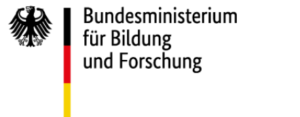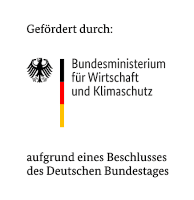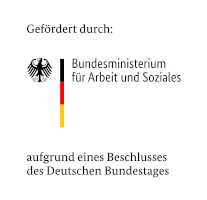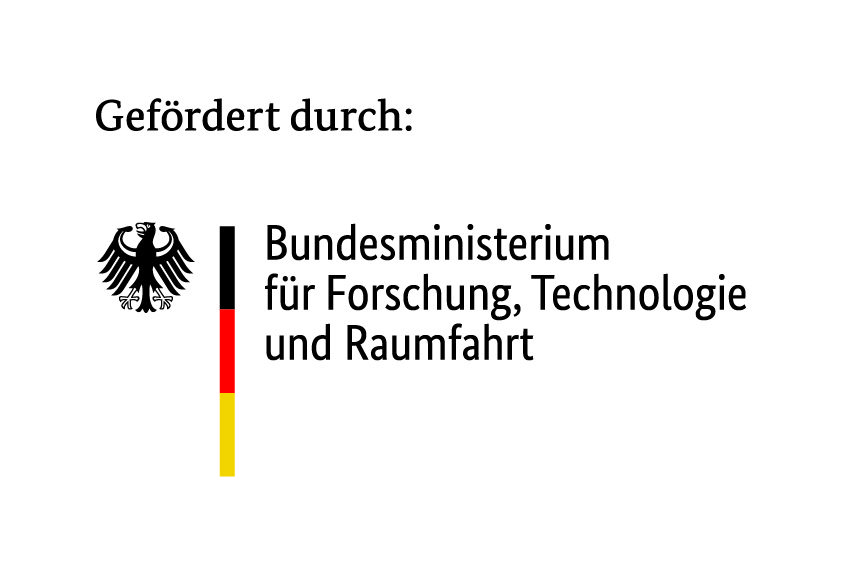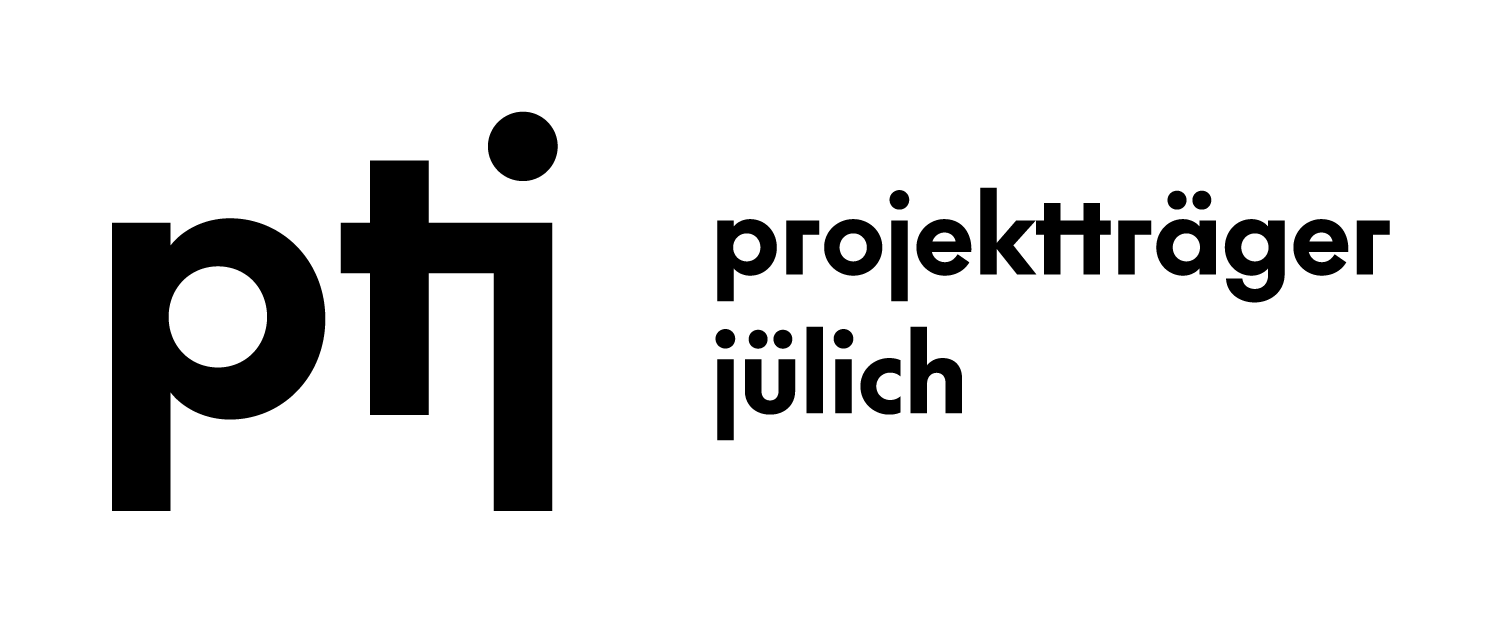The Ceramic Composites Network of Composites United e. V. had invited to Bayreuth on October 13 and 14, 2022, where the General Meeting and the meeting of the Working Group “Reinforcement of Ceramic Materials” took place as part of a double event.
After the general meeting and the election of the new board of Ceramic Composites (CC) on Thursday, October 13, 2022 at the Fraunhofer Center for High Temperature Materials and Design HTL, CC members and interested parties had the opportunity to attend the meeting of the working group “Reinforcement of Ceramic Materials” at the University of Bayreuth the following day. The working group is a joint working group of the German Materials Society) (Deutsche Gesellschaft für Materialkunde – DGM), the German Ceramic Society (Deutsche Keramische Gesellschaft – DKG) and Ceramics Composites.
After Prof. Dr. Dietmar Koch, Chair of Materials Engineering at the MRM of the University of Augsburg, Chairman of the Board of CC and Head of the Working Group, welcomed the 60 or so participants on site and the 25 guests who had joined online, Md Nurul Karim, University of Bremen, reported on his work on the topic of “Deep learning-based characterization of porous ceramics and ceramic composites”. Computed tomographic 3D data are used as training data for machine learning algorithms to generate virtual structures with desired pore morphologies and adjustable porosity characteristics. The aim is to produce these virtual structures generatively via 3D printing. In addition, machine learning can also be used to volumetrically analyze and segment the microstructures of fiber composite ceramics. This makes it possible to observe crack development under load and correlate it with other measurement data such as mechanical stress and acoustic emission signals.
Markus Körzdörfer, Ariane Group Munich, then presented his work on the simulative and optical 2D structural analysis of braided preforms. During the braiding of C-fibers, the real laydown angles are recorded with the aid of a polarization camera and compared with the nominal values. This allows the fiber laydown to be recorded with high accuracy, even in the case of complex structures with varying diameters. The mechanical behavior of the braided structures can thus be evaluated on the basis of the measured real laydown angles. In addition, the knowledge gained from discard errors is to be used to make corrections in advance when programming the braiding system in order to achieve the desired fiber orientation in the component.
Xufei Fang from TU Darmstadt reported on his activities on the topic of mechanics-tuned dislocations in functional ceramics: a toolbox from room temperature to high temperature. He showed that in single-crystalline systems such as SrTiO3, dislocations already occur before cracking. Cyclic loading via Vickers indentations can induce additional dislocations in the microstructure. The fracture toughness can be significantly increased by increasing the dislocation density. With these findings, the effects of dislocations in polycrystalline structures will also be evaluated in the future and pores in real structures will also be evaluated.
The presentation by Cornell Wüstner (Papiertechnische Stiftung PTS) dealt with the development of dimensionally stable hybrid mold insulation in the force flow. The aim of his work is to produce pressure-stable insulation materials with sufficient mechanical pressure properties in the thickness direction and the lowest possible thermal conductivity. To this end, plate-shaped fiber-ceramic oxide/oxide ceramics were produced by the University of Bayreuth. Frame structures were machined from these plates, and insulation materials produced by paper technology were inserted into the recesses. While the fiber-reinforced frame structure carries the mechanical loads, the highly porous stacked layers produced by paper technology ensure the required thermal insulation capacity. In the papermaking of the layers, cellulose-based green papers are filled with ceramic particles and short fibers and sintered after debinding. In the future, the frames will be made from a plug-in system with fibers aligned in the load direction to further improve the mechanical properties of the overall structure.
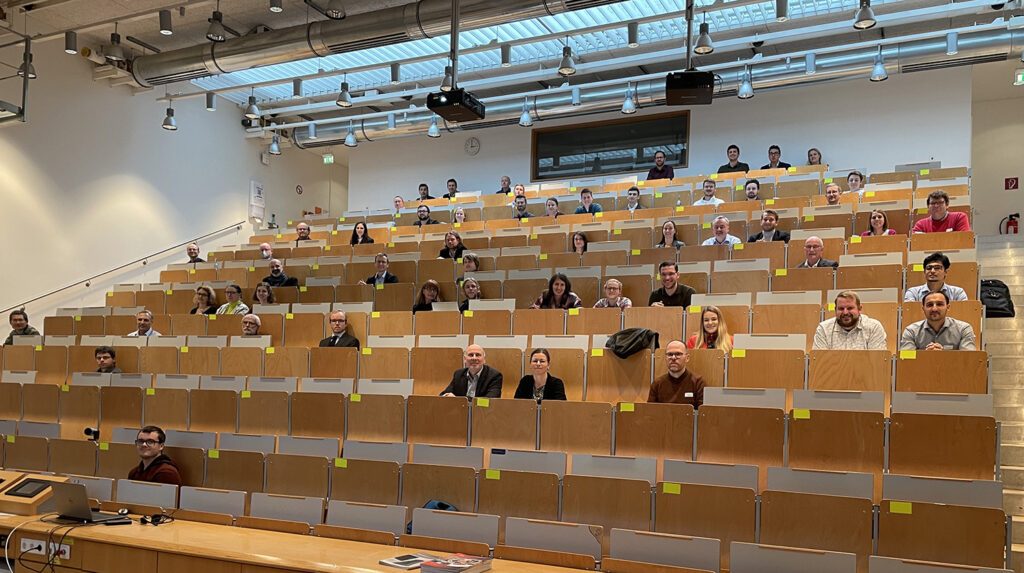
After the lunch break, Nancy-Jane Biller, Reutlingen University, presented the wetlaid process for the production of oxide fiber ceramic nonwovens. This process is intended to process commercial short fibers on the one hand, but also offcuts that are left over from the production of oxide fiber-reinforced components from fabrics and rovings on the other. The result is nonwovens with adjustable properties and fiber volume fractions. After infiltration of an oxide-ceramic matrix, these nonwovens can then be used, for example, as cores for sandwich structures. By using cut fibers, cost-effective composite materials can be produced.
Jens Schmidt, FhG-HTL Bayreuth, also dealt with low-cost fiber composite ceramics. In his presentation “Low-Cost CMC – Affordable High-Temperature Materials with High Corrosion Resistance and Damage Tolerance”, he showed the possibilities with which savings can be achieved along the process chain. Inexpensive alternative fibers made of basalt or glass can be used to suit the application conditions. Furthermore, wet-chemical fiber coating methods can be used instead of costly gas-phase processes. The reduction in manufacturing costs makes new applications possible, such as the use of Ox/Ox fiber ceramics as firewalls.
Peter Wagner, Isovolta, presented the development of prepregs for low-cost CMC. By producing storable prepregs, it is possible to manufacture low-cost components using drape technology. By using ceramic materials, components can be produced at temperatures of up to 900 °C that offer significant weight savings compared to conventional materials. These materials are used, for example, as fire protection for battery systems in electric cars. The functional verification is carried out with the aid of a particle-laden hot gas flame. The component, which is heated on one side, must withstand this load without damage for a specified period of time.
After the lectures, the participants had the opportunity to visit the Chair of Ceramic Materials Engineering at the University of Bayreuth. Afterwards, Nico Langhof and Stefan Schafföner gave a guided tour of the chair’s new premises in the TAO building.
As usual, a detailed summary and the released papers of the speakers can be found in Carbon Connected: https://www.carbon-connected.de/Group/CeramicComposites.


